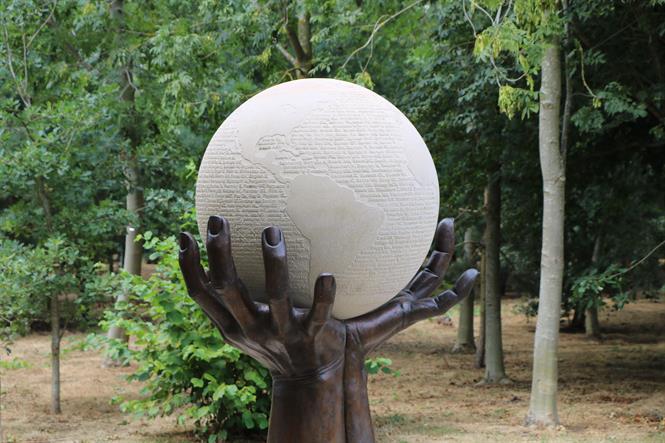In this second session you will learn more about why and how women worked in the First World War, as well as some of the jobs they did. You will have some literacy activities to complete throughout the session
Around 1.3 million Indian soldiers served in the First World War, and some of them died or were injured.
About 16,000 Indian soldiers were injured in Europe, they were taken to Indian Army hospitals on the south coast of Britain where they were cared for by doctors, nurses, and hospital workers.
Kasturba Gandhi was one of the women who volunteered as an auxiliary hospital worker in the Indian Army hospitals. She cared for soldiers who had been injured in the war, including those who had been in the trenches. While she was looking after the soldiers, she was always considerate of their religious beliefs as some people had different beliefs to her.
Kasturba, and her husband Mohandas, are more famous for the political work they did after the war.
One of the buildings that was converted into an Indian Army hospital was the Brighton Pavilion. Follow these steps to draw the Brighton Pavilion.

Olive lived in Essex when the war started. She was young and she wanted to do something to help. She had seen the posters about joining the Women’s Land Army all over the place, she felt they were pointing at her, so she decided to join.
She was sent to a farm and began her training. At first the farmer was unhappy with her because she wasn’t as good as the workers he had before. Olive wanted to work hard and do well and prove to the farmer that she could do a good job.
One of Olive’s earliest jobs was to learn how to milk a cow. She found this very difficult and even wondered if the cow had run out of milk. It was hard work, and it made her arms sore. Once she had learned how to milk the cows, she was given this job. She learned very quickly that she needed to always keep a look out as the animals could be dangerous. One day, as Olive had proudly filled a large bucket with milk, the cow kicked the bucket and sent the milk flying. Another time a cow kicked her so hard she flew out of the cow shed and ended up landing in the farmyard muck.
The work was exhausting. Olive once had large painful sores on her legs, it was her turn to feed the pigs, but she was so poorly she went to bed. By the afternoon, the hungry pigs were making a terrible noise. Olive’s supervisor marched into her room wanting to know what was wrong with the pigs and asked if she had fed them. Her supervisor did not care if Olive was poorly, all she was interested in was the farm work getting done. Terrified of her supervisor, Olive said she might not have fed them enough. Her supervisor pulled Olive out of bed and made her go out and feed the pigs.
Working on the farm, the Land Girls learned many things. Later during the war, Olive worked for a lady who kept goats. One day Olive passed a goat that was lying on the ground, it seemed to be in a lot of pain. She ran to her employer and told her there was something wrong with the goat. The lady said she was being silly, and the goat was pregnant and was giving birth. Olive thought that if that was the pain of childbirth, she did not want any children.
Imagine that you are working on a farm for the first time in the First World War. Write a letter to your family telling them about your life. What do you do every day? How do you feel? Do you like it on the farm?

Well done! Now, you have completed your final Women at Work in the First World War session, why not discover more about Children in the Second World War.